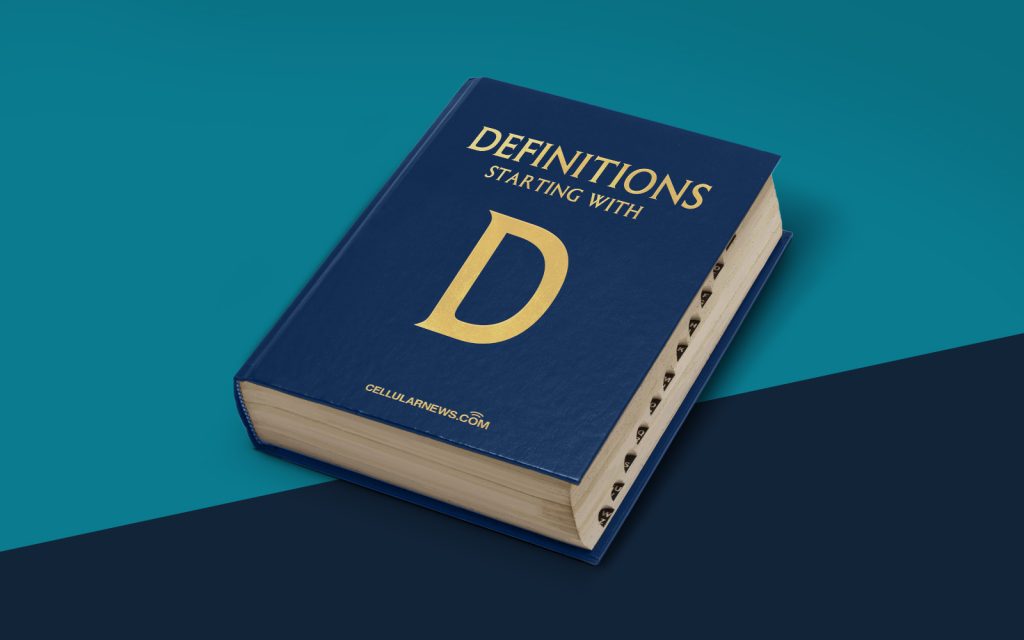
Welcome to the World of Data Link Control (DLC)!
Have you ever wondered what happens behind the scenes when you send an email, share a post on social media, or download a file from the internet? The answer lies in a fascinating process called Data Link Control (DLC). In simple terms, DLC is the set of protocols and techniques that ensure efficient and reliable data transmission between devices in a network. Let’s dive deeper into this intriguing world of DLC.
Key Takeaways:
- Data Link Control (DLC) is the set of protocols and techniques that enable smooth and secure data transmission in a network.
- DLC ensures flow control, error detection and correction, and data framing to optimize data transfer.
Flow Control: Keeping the Data Flowing Smoothly
Imagine a scenario where a large amount of data is being transmitted from one device to another. Without proper flow control mechanisms, the receiving device may get overwhelmed by the influx of data, leading to dropped packets and errors. That’s where DLC comes to the rescue.
DLC employs various techniques to regulate the flow of data, ensuring that the receiving device can handle the incoming packets at a manageable pace. These techniques include:
- Windowing: DLC uses a sliding window mechanism where the sender can only transmit a limited number of data packets without receiving an acknowledgment from the receiver. This helps prevent congestion and promotes efficient data flow.
- Buffering: In cases where the sender is transmitting data at a faster rate than the receiver can handle, DLC utilizes buffers to temporarily store the excess packets until the receiver is ready to process them. This helps prevent data loss and ensures smooth transmission.
- Rate Limiting: DLC also implements rate limiting techniques, where the sender adjusts the rate of data transmission based on the receiver’s capabilities. This helps maintain a balance between the sender and receiver, preventing data overflow or underutilization of network resources.
Error Detection and Correction: Perfecting the Data Transmission
In any data transmission, errors are bound to occur. It could be due to interference, noise, or even hardware issues. To ensure data integrity and accuracy, DLC incorporates error detection and correction mechanisms. These mechanisms include:
- Cyclic Redundancy Check (CRC): DLC uses CRC to generate a unique bit sequence based on the transmitted data. The receiver then checks this sequence against the received data to detect any errors. If an error is detected, the receiver can request retransmission of the corrupted packets.
- Forward Error Correction (FEC): DLC can also use FEC techniques to add redundant bits to the transmitted data. These redundant bits allow the receiver to correct errors without requesting retransmission from the sender.
By employing these error detection and correction mechanisms, DLC ensures that the received data is accurate and reliable, even in the presence of errors during transmission.
Data Framing: Organizing the Data for Smooth Delivery
Data transmission requires a way to organize and structure the data into manageable frames. DLC handles this through data framing techniques. Data framing involves encapsulating the data within a specific format, which includes headers and trailers. This allows the receiver to identify the boundaries of each frame and extract the data correctly.
DLC can use various framing techniques such as character-oriented, bit-oriented, or byte-oriented framing, depending on the requirements of the network and the devices involved. Each frame typically contains metadata, such as sequence numbers, that aids in the correct reassembly of the data at the receiving end.
In Conclusion
Data Link Control (DLC) plays a crucial role in enabling smooth and reliable data transmission in a network. It ensures flow control to prevent congestion, error detection and correction to maintain data integrity, and data framing to organize and structure the transmitted data. Understanding the intricacies of DLC helps us appreciate the behind-the-scenes magic that happens every time we send or receive data over a network.
